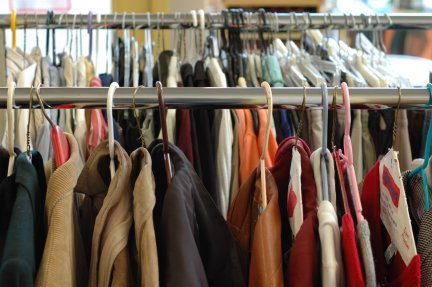Hello world! My name is Arnor and I am a snow & ice helper here at KISC. That means that I am responsible for activities such as ice climbing and crevasse rescue on the amazing Fründen-glacier, just outside Kandersteg. I consider myself very lucky, as working on a glacier is both challenging and awesome and glaciers are among my favourite things in the world. However, there is a darker side to the story. The fact is that glaciers everywhere in the world are disappearing fast, due to climate change caused by humans.
How fast are the glaciers melting?
Fast enough for you to care, even if you’ve never even seen a glacier.
My home country, Iceland, is home to dozens of glaciers, including the largest glacier in Europe, Vatnajökull. Current estimates suggest that Vatnajökull will have completely disappeared in less than 200 years. Earlier this year, glaciologists in Iceland declared that one of the most famous glaciers in Iceland, simply named Ok, does not qualify as a glacier anymore.
Another example of this fast melting is the fact that in the year 1850 there were more than 150 glaciers in Glacier national park in Montana, USA, but now there are only 25 left.
Out of 140 glaciers in Switzerland, only 2 are not currently retreating. Even my work place, Fründen-glacier, retreats about 10 to 20 meters every year. At that rate, it will have completely disappeared in a few decades and the KISC snow & ice programme may be a thing of the past.
Why does it matter?
If all glaciers on earth melt, the sea level will rise an estimated 64 meters. Almost all of the great populated areas on earth are by the sea, so this will have a devastating effect on places like New York, Beijing and all island nations.
Glaciers have a huge impact on weather patterns in high altitude and high latitude areas, and their disappearance will make the weather in these places hotter, dryer, and more extreme.
About 80% of all freshwater on earth is bound in glaciers. If this freshwater melts and flows into the sea, it can alter the salinity and temperature of the oceans. This will make the sea less habitable for many types of sea creatures, cause extinctions, and change ocean currents, such as the Gulf stream that gives northern Europe its gentle climate.
What to do?
Unfortunately, there does not seem to be much we can do to save the glaciers. Most climate scientists agree that the damage already caused by climate change is irreversible and it is probably too late to save the glaciers.
On the other hand, more and more people are becoming aware of this development, and fossil fuel usage (which causes climate change) is on decline.
Whether we will be able to save the glaciers or not, I have one advice for you: Use every chance you get to enjoy the wonders that glaciers have to offer. Go glacier-trekking, go ice climbing, experience the amazing feeling of strapping on a pair of crampons and wielding an ice axe. I promise you, it will be awesome. Enjoy the glaciers while they last, and have a safe and successful mountaineering.
By Arnór Bjarki Svarfdal (IS)
SNICE 2015






